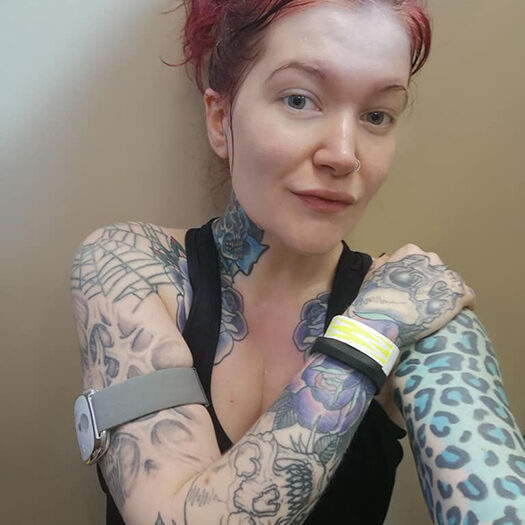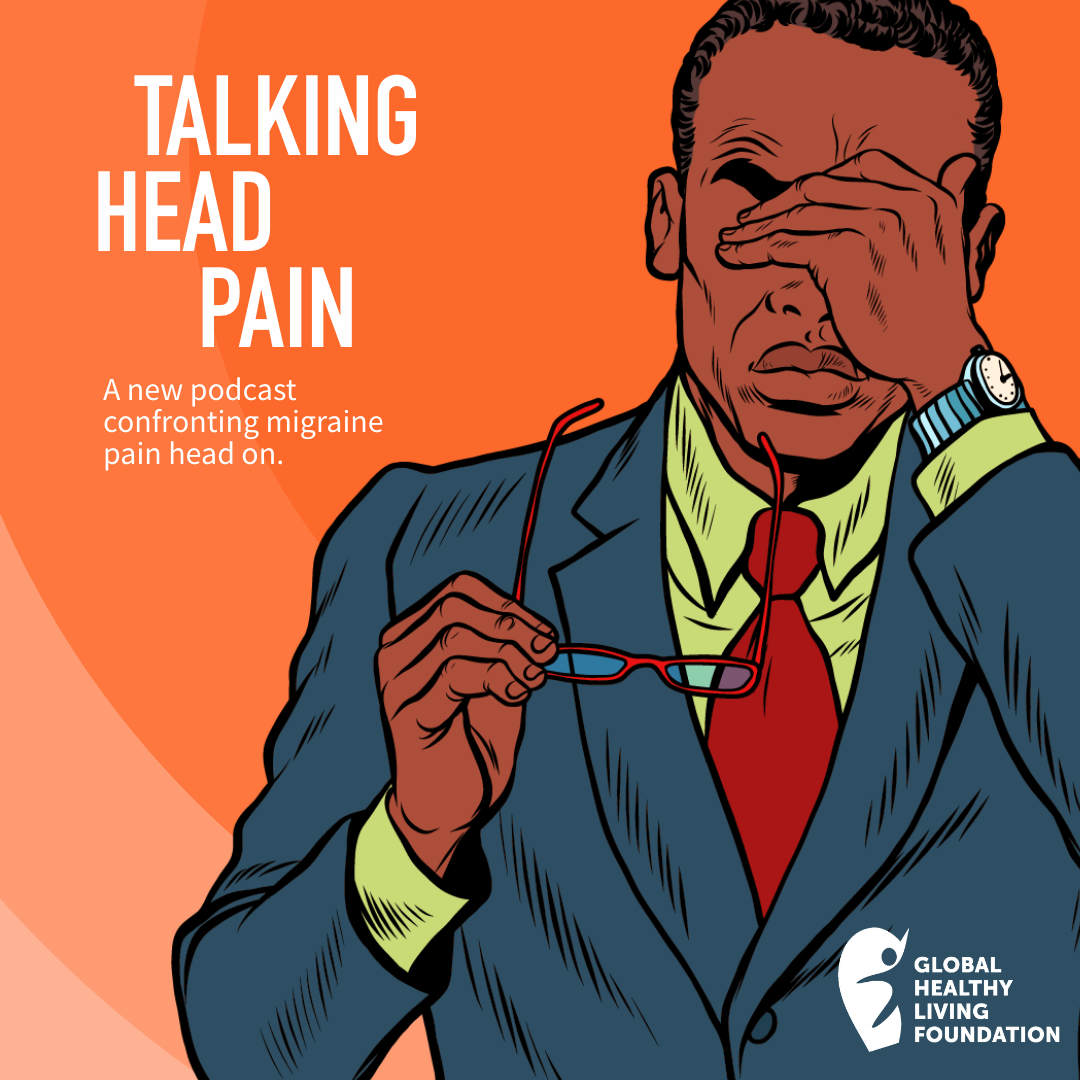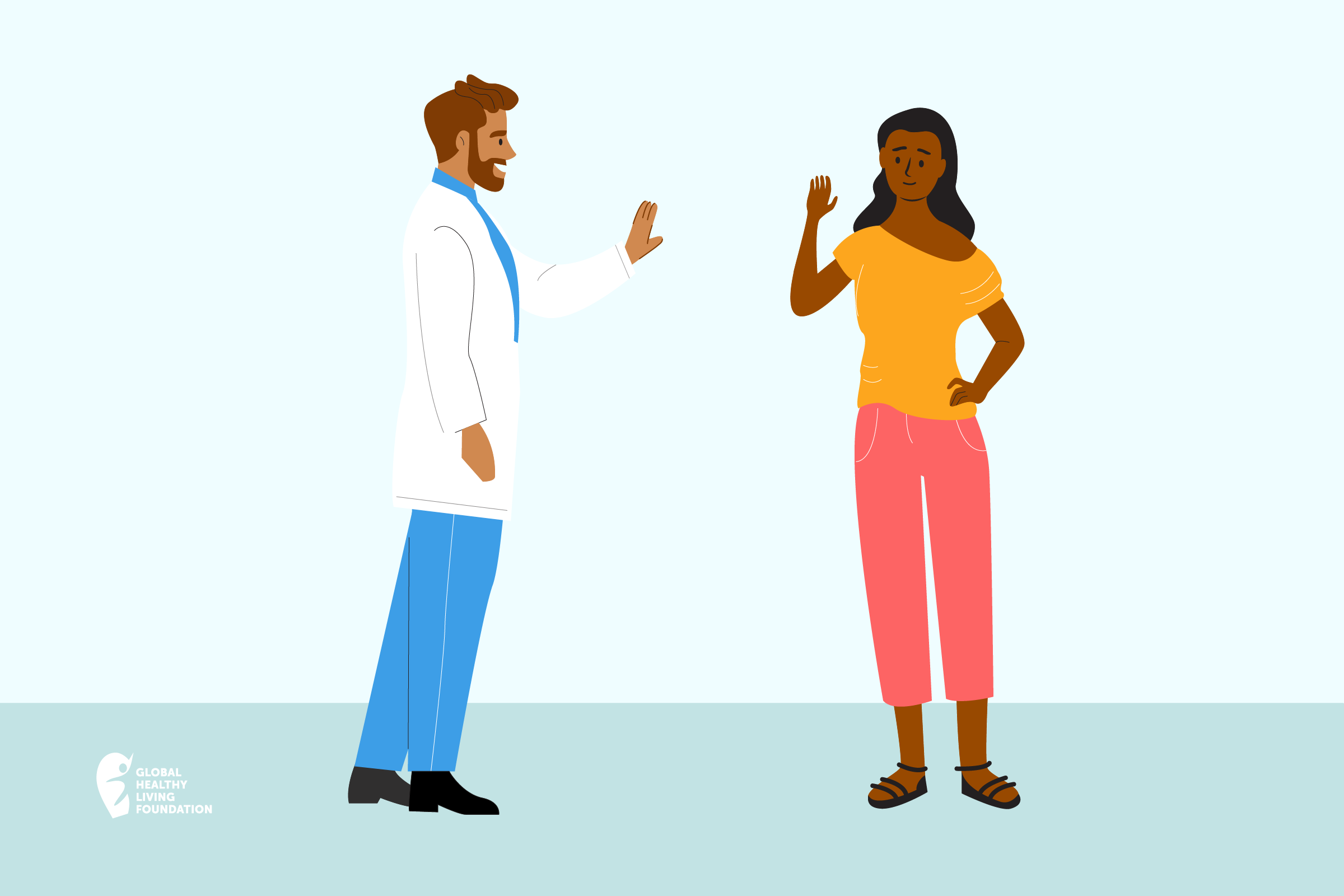

Rheumatoid arthritis (RA) is an overwhelming disease to get used to. And let’s face it: Life itself is pretty overwhelming these days — plus there’s all of my RA symptoms to manage as well as side effects from my medications.
When I was first diagnosed with RA, now six years ago, I wish I knew how tracking my health and my physical activity would be so beneficial to understanding how my disease impacts my daily life and more.
Back then, I was often confused by basic aspects of my daily routine. How much rest was too much? How much physical activity was too much? How could I make the most out of my day given my pain, fatigue, and other RA symptoms? Were my medications and treatments even working?
I had so many questions swirling around my head, but I wasn’t always able to get a clear answer from my doctors or from reading articles. What works for one person may not work for another, so even though I had many suggestions, it was up to me to use some trial and error to see what was helping.
Participating in Research: A New Way of Getting Answers
It wasn’t until I started getting involved in arthritis research that I was able to answer many of my questions about my illness.
In 2018, I had the opportunity to join the Arthritis Patient Advisory Board for an organization called Arthritis Research Canada. Arthritis Research Canada conducts “clinical research aimed at arthritis prevention, early diagnosis, new and better treatment, and improved quality of life.” The organization focuses on what it calls “practical research for everyday living” to help give people with like me answers and solutions to live better with our conditions.
I learned about it once I started researching patient advocacy opportunities in British Columbia, where I live. I stumbled upon the Patients Voices Network, which is a community of patients, families, and caregivers working together with health care partners to improve BC’s health care system. I got connected to Arthritis Research Canada through my involvement there.
Arthritis Research Canada has facilities in British Columbia, Alberta, and Quebec.
I soon discovered that this advisory board was a perfect fit for me. The Arthritis Patient Advisory Board (APAB) is composed of volunteer advocates with arthritis who bring personal experience and arthritis knowledge to research. Our goal is to ensure the patient perspective is represented on research matters related to prevention, treatment, and self-management of arthritis.
Once I got involved, I immediately saw how my questions about life with RA were common —and I was eager to participate in studies that could help address them.
A Study I’ll Never Forget
One particular study taught me a lot about myself and gave me great insight into taking care of my chronic illness. That study was called OPAM-IA (Effectiveness of Online Physical Activity Monitoring in Inflammatory Arthritis), led by Linda Li, PT, PhD, a Senior Research Scientist for Arthritis Research Canada.
The premise of the study was that physical activity is important in managing arthritis, but there are many reasons that people with arthritis aren’t as active as is recommended, such as lack of motivation, limited counseling, and doubts about exercise. The study hoped to improve participants’ physical activity levels by providing support, encouragement, and a way to track progress.
It ran from 2017 to 2019; I joined on my 33rd birthday — January 28, 2019 — and participated for six months. I felt like I was starting my birthday with a focus on better health. Talk about the ultimate gift.
The study sparked my interest because I had so many questions around physical activity. I never went to the gym or exercised regularly before my diagnosis. I was attempting to learn how to exercise with RA but was struggling with concerns about overdoing it and hurting myself. This seemed like an opportunity to work to experts who understood my disease, something that proved difficult to find at just any physiotherapy clinic.
The study required that I use a custom tool called OPERAS (On-demand Program to EmpoweR Active Self-management). It’s a web/mobile app for people with arthritis to track their health designed by Arthritis Research Canada. This app helps people visualize how their symptoms and physical activity levels change over time, together with the treatment they use.
CreakyJoints offers a similar tracking app called ArthritisPower. You can learn more about it here.
A total of 118 people in Canada with rheumatoid arthritis or systemic lupus erythmatosus (SLE) enrolled in the OPAM-IA study. I attended an in-person education session, tracked my physical activity using a Fitbit, kept track of my daily symptoms in the OPERAS app, and participated in physical activity counseling.
At the study’s conclusion, researchers learned that the program has potential to improve the time people spend in moderate-level physical activity, says Dr. Li. They found significant improvement in physical activity participation and reduction in pain in people with RA (although not in those with lupus).
Tracking My Health: What It Taught Me
Tracking my physical activity showed me when I was doing too much or too little. I could see an increase in my abilities over time as I became more active and stronger, through daily walks, 30-minute elliptical workouts at my gym, and participating in another study on strength training with rheumatoid arthritis. With the app’s monthly charts I could see my physical activity increase, pain levels decrease, fatigue decrease, and sleep improve.
This answered my question: Is exercise really good for arthritis? My answer: Yes, when it’s the right exercise for you.
In addition to seeing how physical activity improved my rheumatoid arthritis symptoms, I was also able to track my treatment changes and how they affected my health. I’m not talking about just arthritis medications but also things like supplements, vitamins, and antidepressants.
Fatigue, in particular, is a big problem for me. This program helped me better understand my sleep habits, how fatigue impacts my daily abilities, and how much time I need to rest to feel refreshed again. I was also able to see if I was resting too much and given reminders to get up every hour, which I found beneficial in preventing pain and stiffness.
Monitoring my mood and stress gave me a deeper picture of how they impact my RA. For example, whenever I feel down or overwhelmed I can either become too sedentary or overdo it, which leads to worsening symptoms.
I used the app to examine how other aspects of my life impact my RA. It offers a “health journal” option where you can make notes about anything you want. I made a point to track what I ate and how I felt after. I observed that after eating a lot of carbs or sweets — a big plate of pasta, extra servings of pizza, or a sugary indulgence — my sleep would be less restful, with an increase in pain and depression.
I didn’t stop there. I began to track my menstrual cycle and how that interfered with my pain, mood, and fatigue.
Improving Communication with My Rheumatologist
Tracking my symptoms allowed me to look for patterns I need to address with my health care team. I could print monthly reports to show my providers.
When I was experiencing what ultimately turned out to be a copper deficiency, I was having a host of strange symptoms that were affecting my physical abilities, pain, mood, and sleep. Tracking was helpful when I was going to different providers to figure out the problem.
Now I understand that if I see a spike in symptoms for a couple of weeks, it’s time to have a chat with my doctor. We also use it as a way to see when new treatments we try are working or not.
The Most Surprising Perk
The study only lasted six months, but I’m still tracking my health today, more than two years later.
Using the app motivated me to be more active and gave me a great sense of pride when I hit my daily step goal of 10,000 steps, knowing the average Canadian (without arthritis) takes less than 5,000 steps a day.
I had visual proof of my achievements too — like the day I walked the Vancouver Stanley Park Seawall, something I thought I would never be able to do after my RA diagnosis. Not only did I have the beautiful photos to prove I did it, but also my record of more than 27,000 steps.
Now that I have a deeper understanding of how my RA impacts me on an everyday basis, I can more easily plan activities, time when I take my medication, or handle mom duties. Even though I have been living with RA for six years, tracking my health teaches me new things about the disease, which is important as my illness changes or progresses over time.
I wish I had these insights when I was first diagnosed with RA and started the long journey to find medications and treatments that helped me.
The Value of Patient Engagement in Research
I am still on the Arthritis Research Canada Patient Advisory Board and contribute to their newsletter and various studies on rheumatoid arthritis. I’ve even had the opportunity to present at various arthritis research conferences. Being involved in research is important to me because it is a way to give back to my community, advance care for others across the country and around the world, and find answers about my disease.
Above all else, arthritis research gives me hope.
Get Involved with Arthritis Research Canada
Since the COVID-19 pandemic, researchers at Arthritis Research Canada have opened the OPERAS app to the public and are conducting a study globally to better understand how people with RA are being impacted. Learn more about this research opportunity.
If you would like to participate in other arthritis research or know more about what research is being done, visit Arthritis Research Canada for more information.





